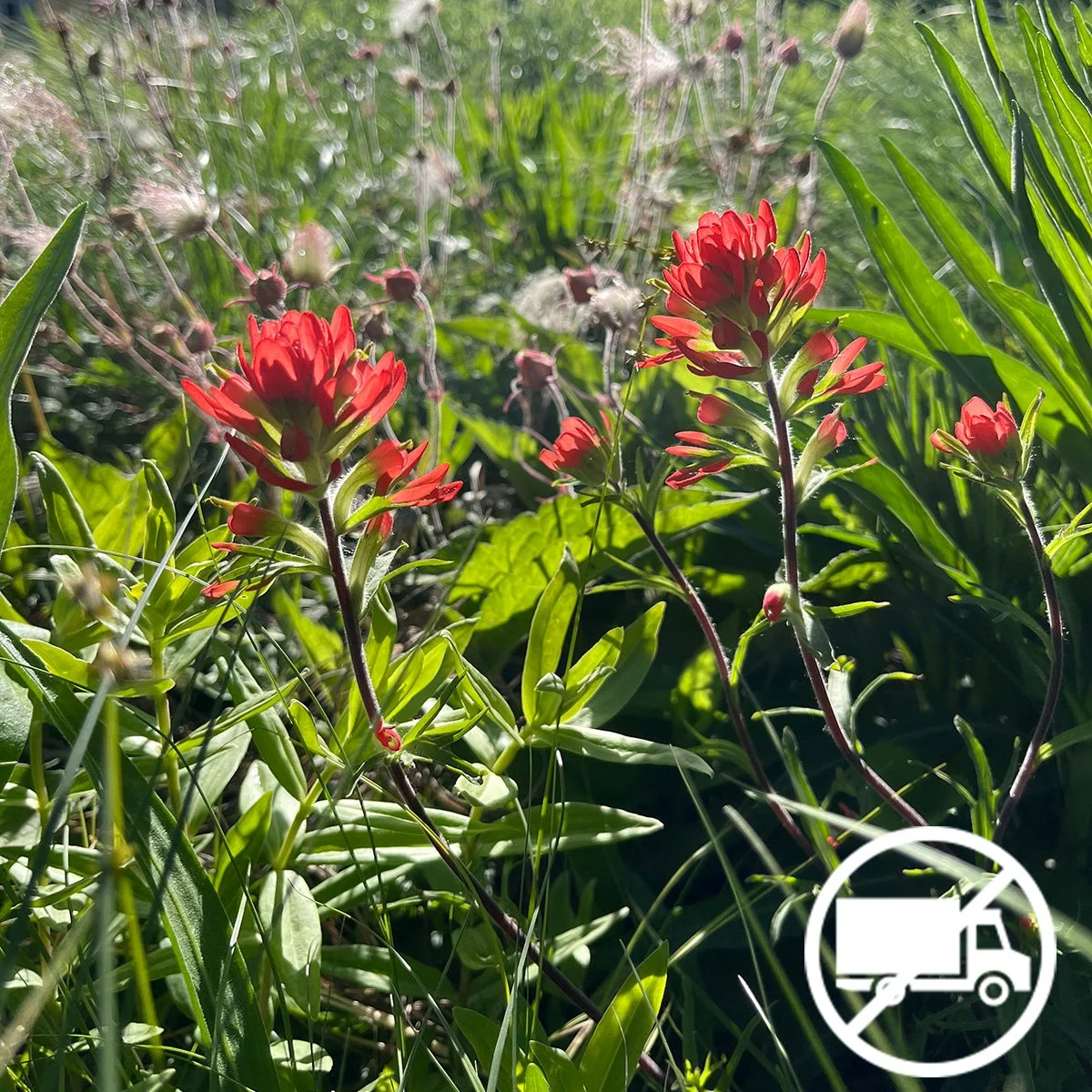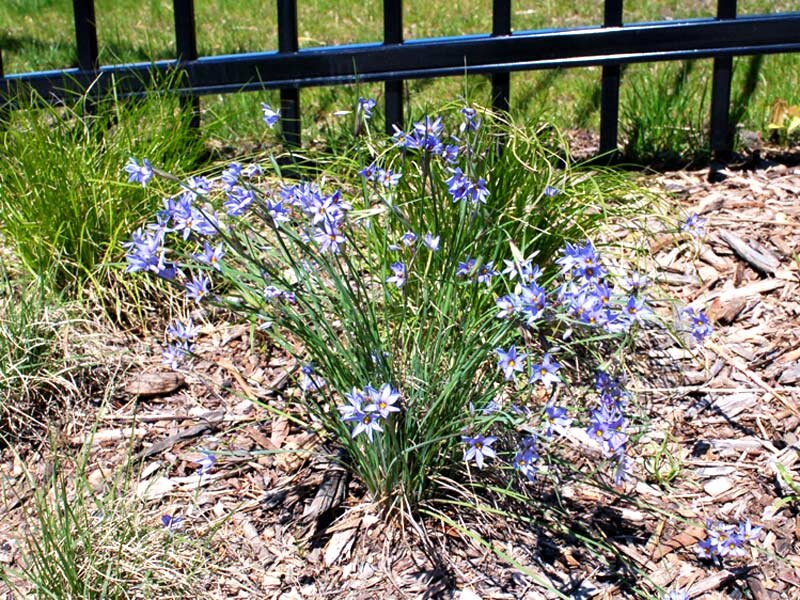 Image 1 of 5
Image 1 of 5

 Image 2 of 5
Image 2 of 5

 Image 3 of 5
Image 3 of 5

 Image 4 of 5
Image 4 of 5

 Image 5 of 5
Image 5 of 5






Jack-in-the-Pulpit (Arisaema triphyllum) 3-pack of pots
Can’t be shipped.
These might be dormant when you receive them—Jack-in-the-Pulpits are spring ephemerals that go dormant in mid-summer. Jack-in-the-Pulpit is a classic woodland wildflower. The green nodding flower head is streaked with maroon colors. The flowers resemble a person in a sheltered pulpit. After blooming the leaves go dormant and the flower head turns into a bright red bundle of berries. It forms a decent sized clumps after a few years and can even spread by seed. It’s a wonderful plant for shade gardens. These are second-year plants that were started the year before, put into dormancy, and then brought out of dormancy and sold (Jack-in-the-Pulpit only grows 1 or 2 leaves the first year).
Details
Perennial
Sun: Shade, Part Shade
Moisture: Medium, Medium-wet
Height: 18 inches
Blooms: April, May, June
Color: Green, Maroon, Red
Spacing: 15”
Spreads: Doesn’t spread much
Zones: 3-9
Benefits: Pollinators
Design Tips
Jack-in-the-Pulpit is a versatile plant for shady gardens. It grows quickly and flowers in the spring, and then the leaves go dormant in the summer, leaving a stem with a bundle of bright red berries on top. Jack-in-the-Pulpit (Arisaema triphyllum) doesn’t spread much and is a good companion for many of the other conservative woodland flowers.
Great native plant choice for the Minnesota Lawns to Legumes grant program!
Companion Plants
Ivory Sedge
Wild Blue Phlox
Dutchman’s Breeches
Jacob's Ladder
Rosy Sedge
Size: 3-pack of pots, each pot is 3" wide x 3" deep
These pots can’t be shipped — pickup only!
Can’t be shipped.
These might be dormant when you receive them—Jack-in-the-Pulpits are spring ephemerals that go dormant in mid-summer. Jack-in-the-Pulpit is a classic woodland wildflower. The green nodding flower head is streaked with maroon colors. The flowers resemble a person in a sheltered pulpit. After blooming the leaves go dormant and the flower head turns into a bright red bundle of berries. It forms a decent sized clumps after a few years and can even spread by seed. It’s a wonderful plant for shade gardens. These are second-year plants that were started the year before, put into dormancy, and then brought out of dormancy and sold (Jack-in-the-Pulpit only grows 1 or 2 leaves the first year).
Details
Perennial
Sun: Shade, Part Shade
Moisture: Medium, Medium-wet
Height: 18 inches
Blooms: April, May, June
Color: Green, Maroon, Red
Spacing: 15”
Spreads: Doesn’t spread much
Zones: 3-9
Benefits: Pollinators
Design Tips
Jack-in-the-Pulpit is a versatile plant for shady gardens. It grows quickly and flowers in the spring, and then the leaves go dormant in the summer, leaving a stem with a bundle of bright red berries on top. Jack-in-the-Pulpit (Arisaema triphyllum) doesn’t spread much and is a good companion for many of the other conservative woodland flowers.
Great native plant choice for the Minnesota Lawns to Legumes grant program!
Companion Plants
Ivory Sedge
Wild Blue Phlox
Dutchman’s Breeches
Jacob's Ladder
Rosy Sedge







































